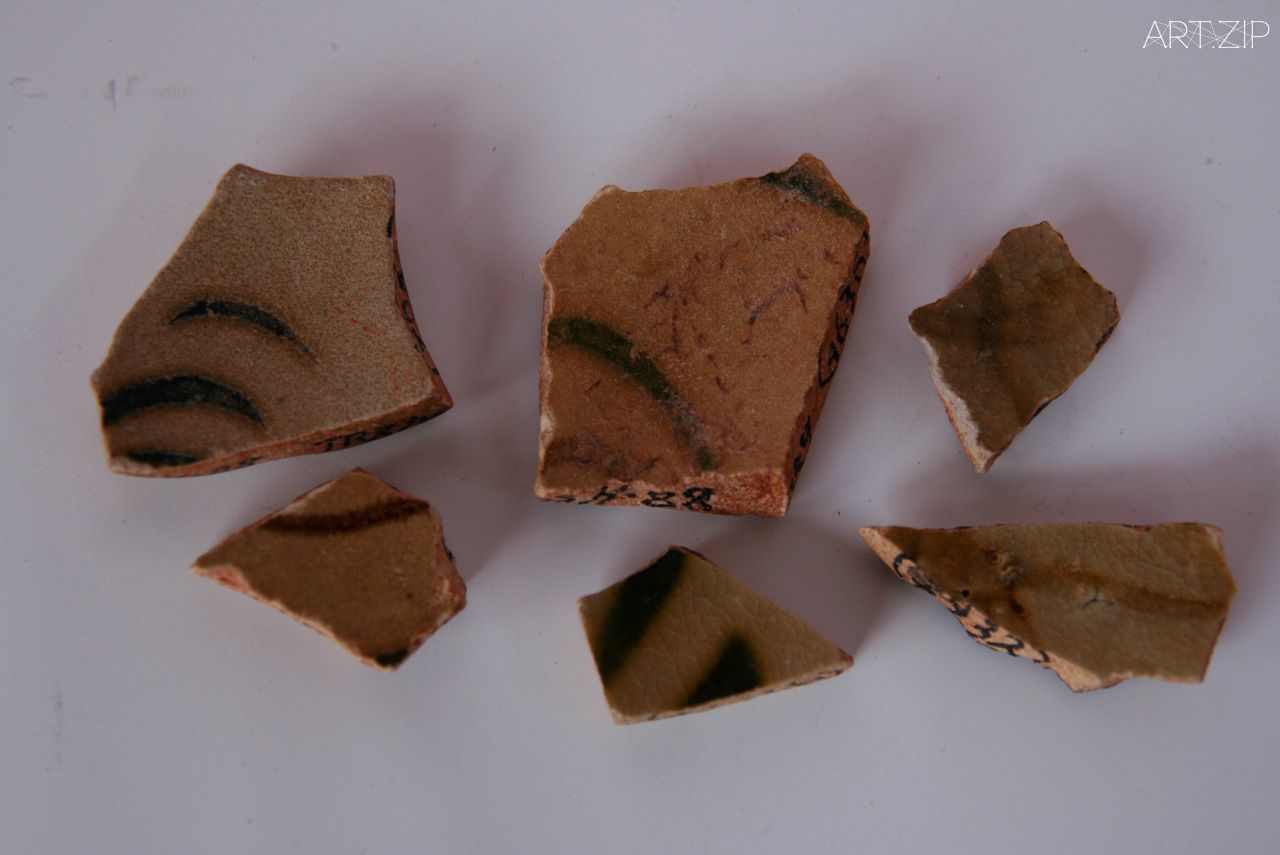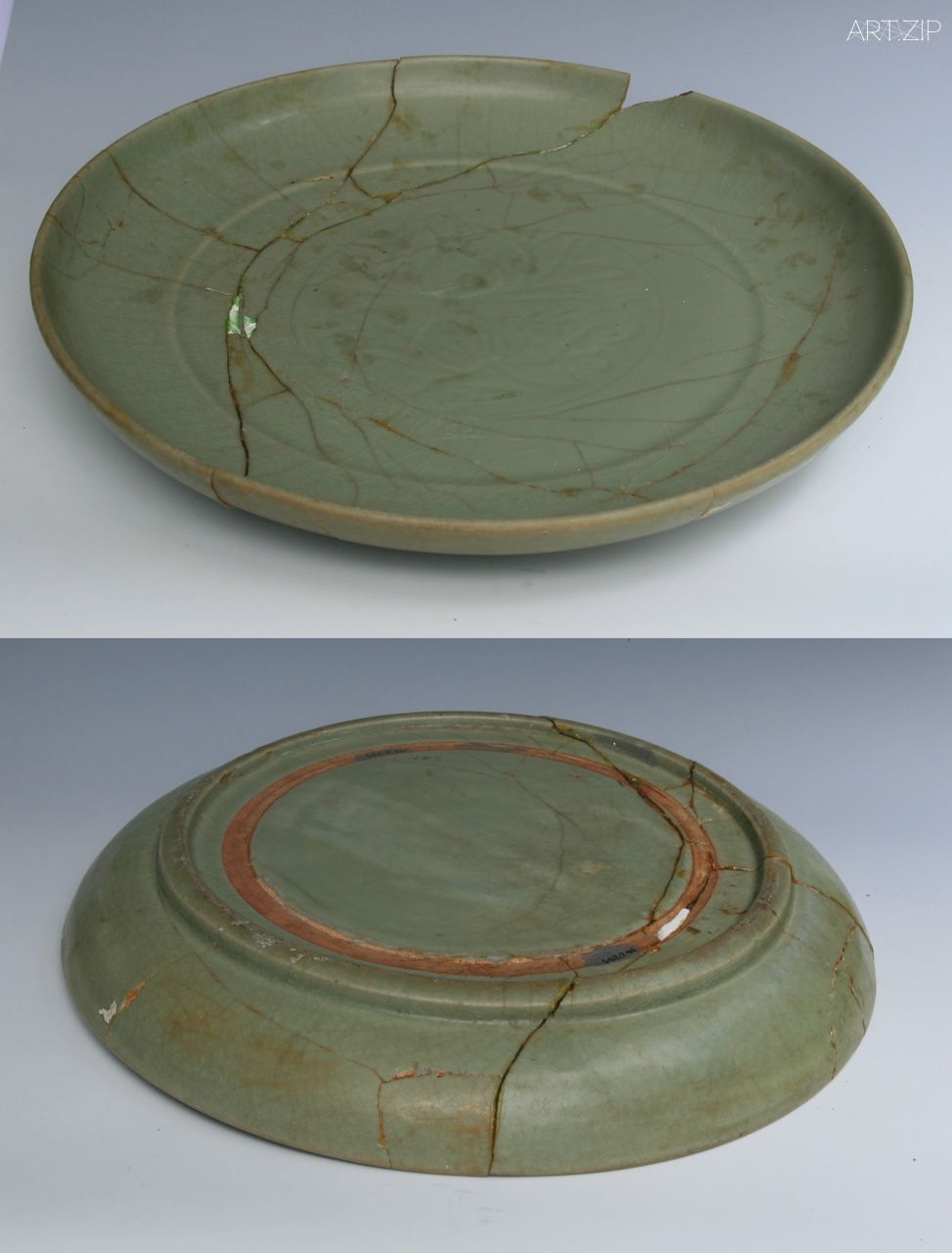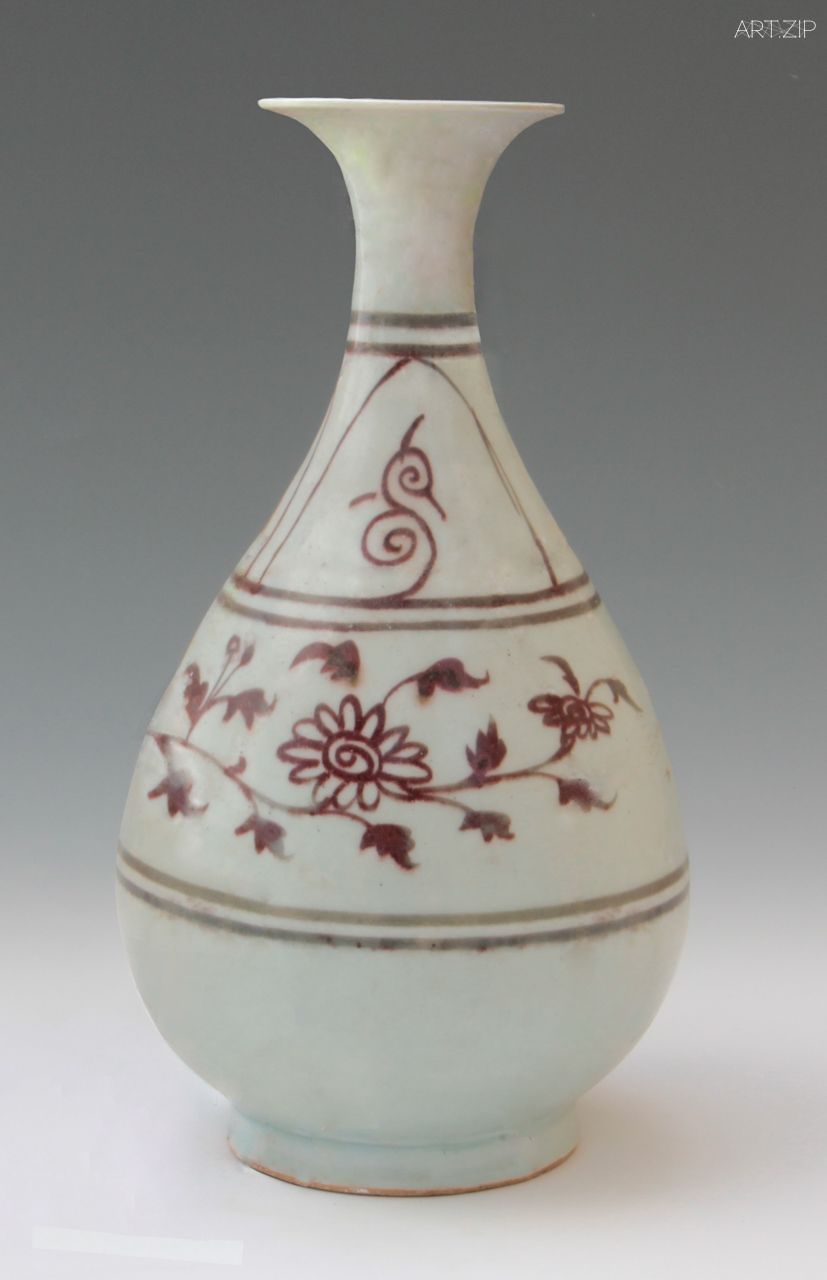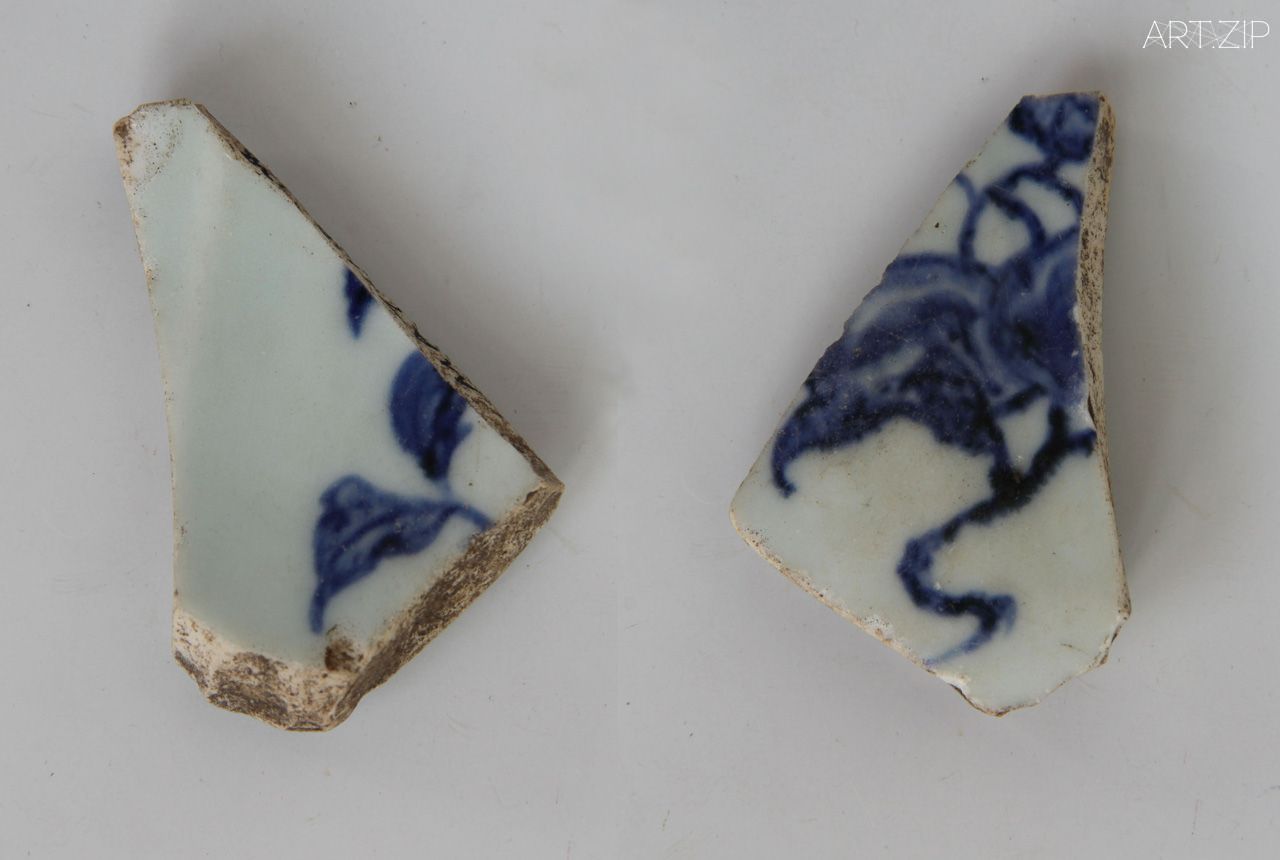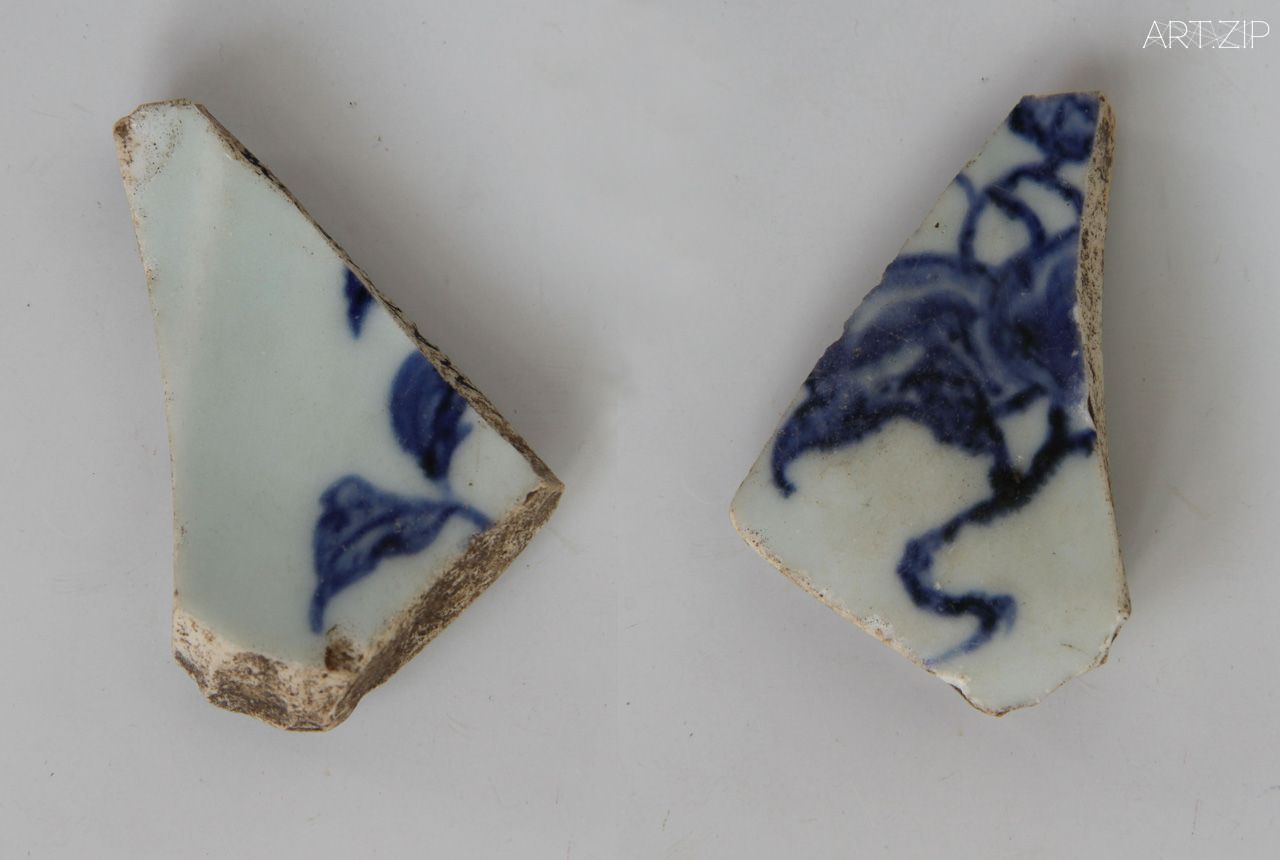
Text by Qin Dashu, Professor, School of Archaeology and Museology, Peking University
Under the auspices of the Ministry of Commerce of China, the joint archaeological team of Peking University and the National Museum of Kenya (lead by Professor Qin Dashu) made three archaeological investigations between 2010 and 2013 on Chinese ceramics discovered by other scholars from earlier archaeological excavations or surveys in 37 ancient sites or archaeological contexts (such as a shipwreck) in the coastal areas of Kenya. These include some well known Swahili ruins such as the Fort Jesus ruins (built by the Portuguese in 1593, and occupied by them until 1698) in Mombasa, Gedi Ruin in Malindi, Shanga site in Pate Island, and Manda in Manda Island, etc. At the same time, a small number of Chinese ceramics with unknown discovery sites were also studied, which were housed in three museums including the Fort Jesus Museum in Mombasa, the Lamu Museum and the Gede Museum. A total of 9,552 Chinese ceramic fragments (or restored pieces) were thus identified and investigated. In addition, the team also carried out the China-Kenya Cooperative Overland Archaeological Excavation Project during the three years, and a total of 1,060 Chinese ceramic fragments were unearthed and investigated. Furthermore, the project also covered a small amount of ceramic finds that had been produced in Japan or Southeast Asia. Altogether, 10,612 pieces of Chinese ceramics were investigated over the three-year period. This research and excavation project is the second largest ever carried out on Chinese ceramics discovered in the ancient ruins of the Indian Ocean region, second only to the 12,704 pieces investigated by Japanese scholars on the site of Fustat in old Cairo.
This project, considering Kenya as an independent unit, conducted a statistical analysis of all the Chinese ceramics concerned based on the production periods and origins, and reached some important conclusions.
- The earliest date that Chinese ceramics were exported to Kenya is the 9th century AD. Nineteen fragments of Changsha ware were excavated at the Shanga site. They are the earliest Chinese ceramics found in Kenya (fig. 1).
- Before the colonial period, the peak of Chinese ceramics exported to the Indian Ocean region was late Southern Song to early Ming dynasty (second half of the 13th century to first quarter of the 15th century), with Longquan ware as the main export commodity (fig. 2), and a small amount of Jingdezhen porcelain (fig. 3).
- 2 Longquan celadon dish excavated from the Ungwana site, early Ming dynasty
- 3 Underglaze red yuhuchun vase excavated from the Gedi Ruin, early Ming dynasty, reconstructed piece
- In Kenya, imperial blue-and-white porcelain from the Yongle period (fig. 4) and a certain number of Longquan official celadon wares of the early Ming dynasty were found, which seem to support that Zheng He’s fleet had been to the coastal areas of Kenya.
- It was in the mid-Ming dynasty that Kenya had a short peak of consuming Chinese ceramics, which was related to the global trade that Portugal carried out in the second half of the 16th century.
- The Wanli period at the beginning of the 17th century and the Kangxi period at the end of the 17th century were the times with the most abundant discovery of Chinese ceramics in Kenya, but part of the finds differed from Chinese ceramics found in other regions which had been traded by the Dutch East India Company (VOC) and were of inferior quality. Maybe during these times, the Portuguese were still carrying out small-scale maritime trade, but the porcelain products may have come from the Dutch East India Company trade. This indicates that there were stable relationships between various purchasing groups and workshops in contemporary Jingdezhen.
Some of our archaeological investigation reports have been published according to site, others are still being compiled.
Edited translation by Dr. Baoping Li, ART.ZIP. A slightly different version also appears in print copies of Oriental Ceramic Society Newsletter, Number 27, 2019, London.

